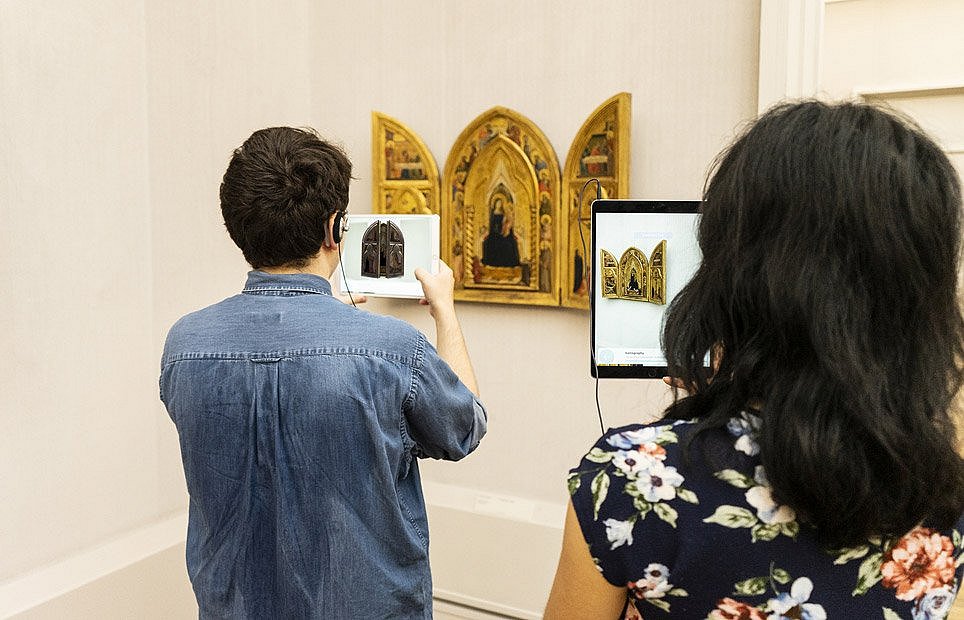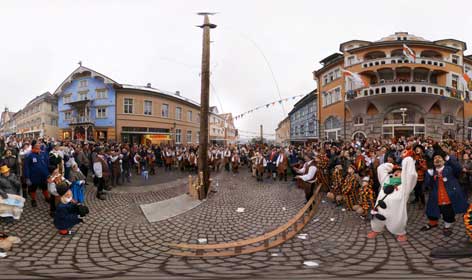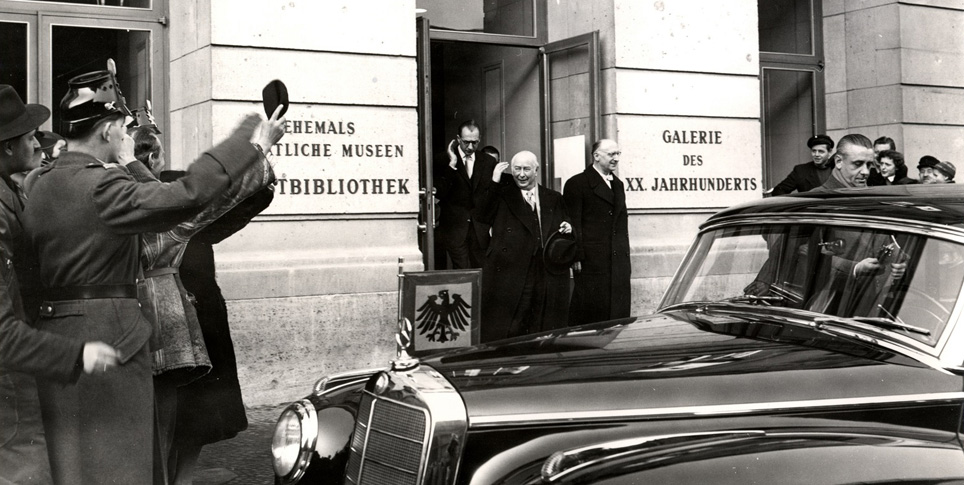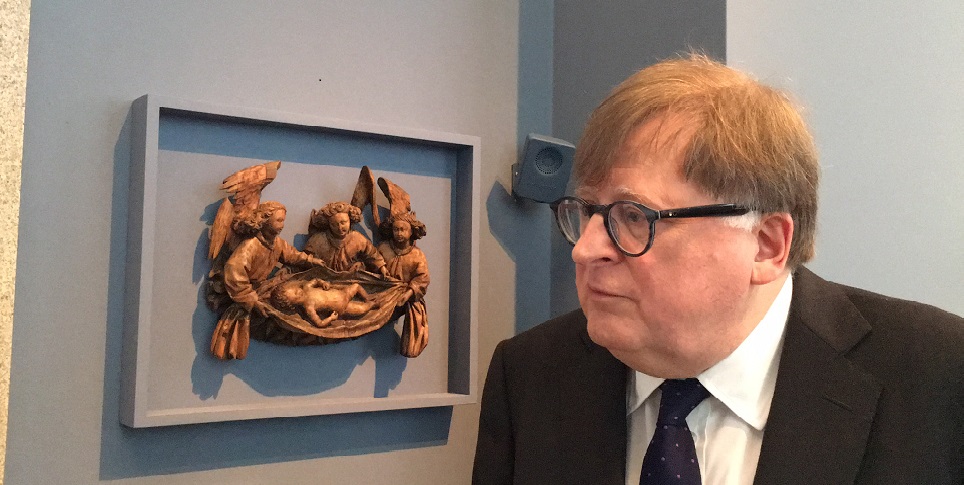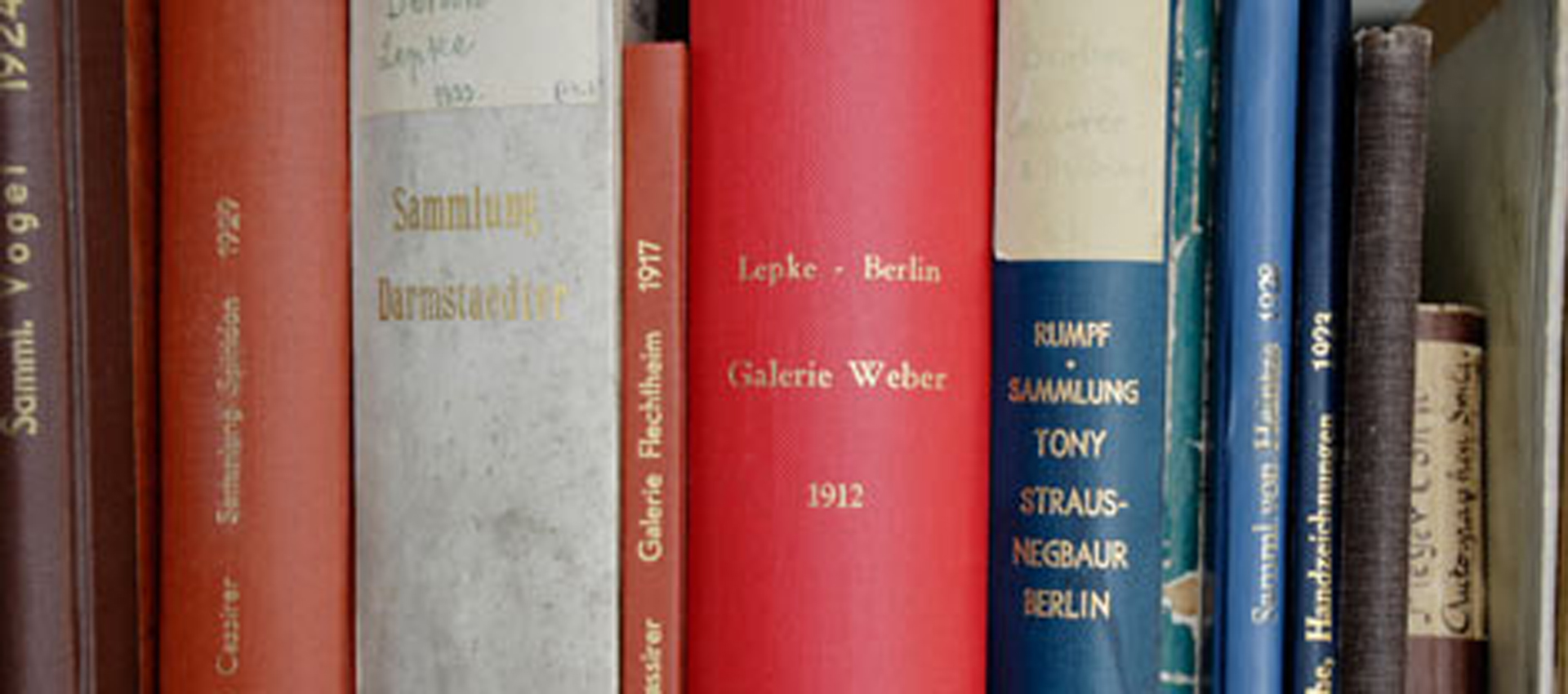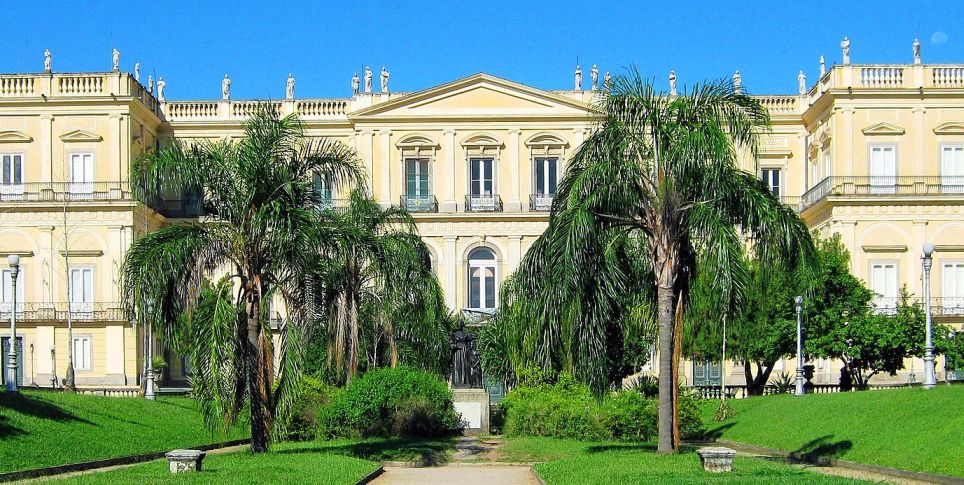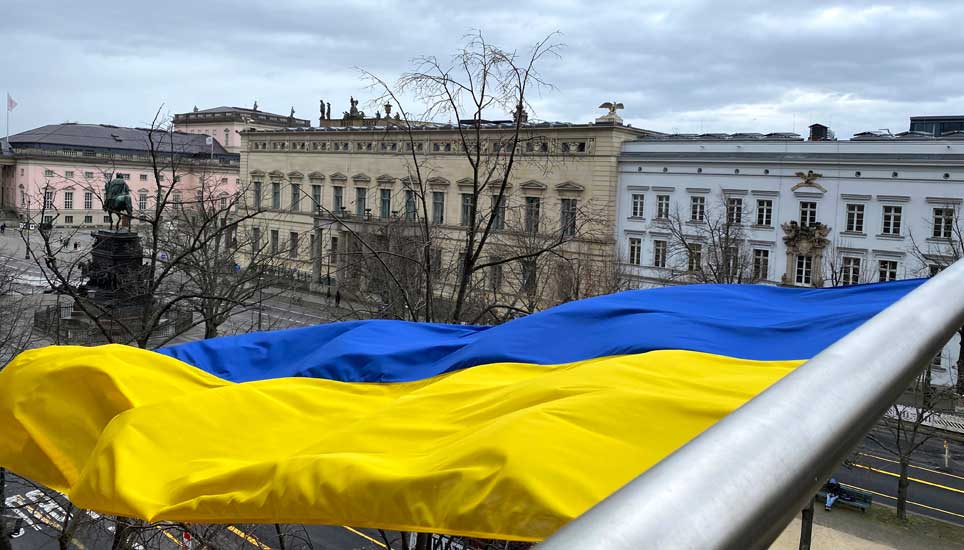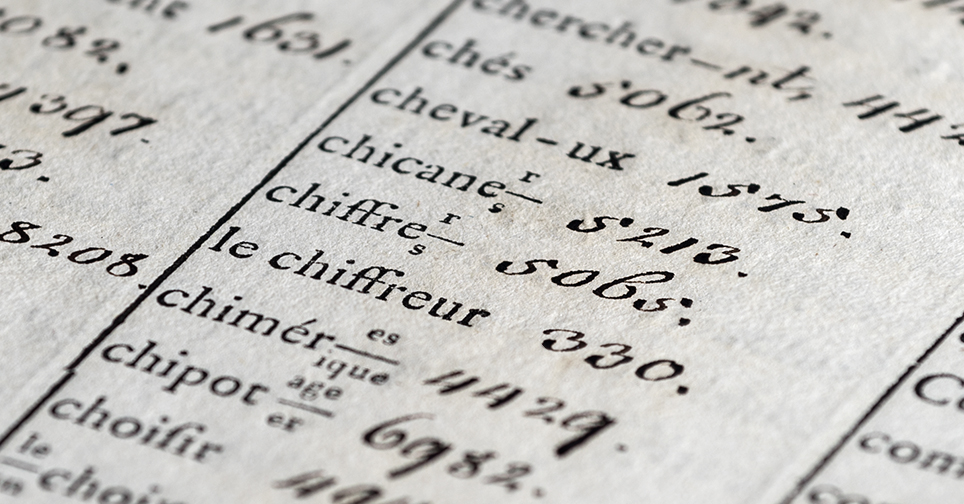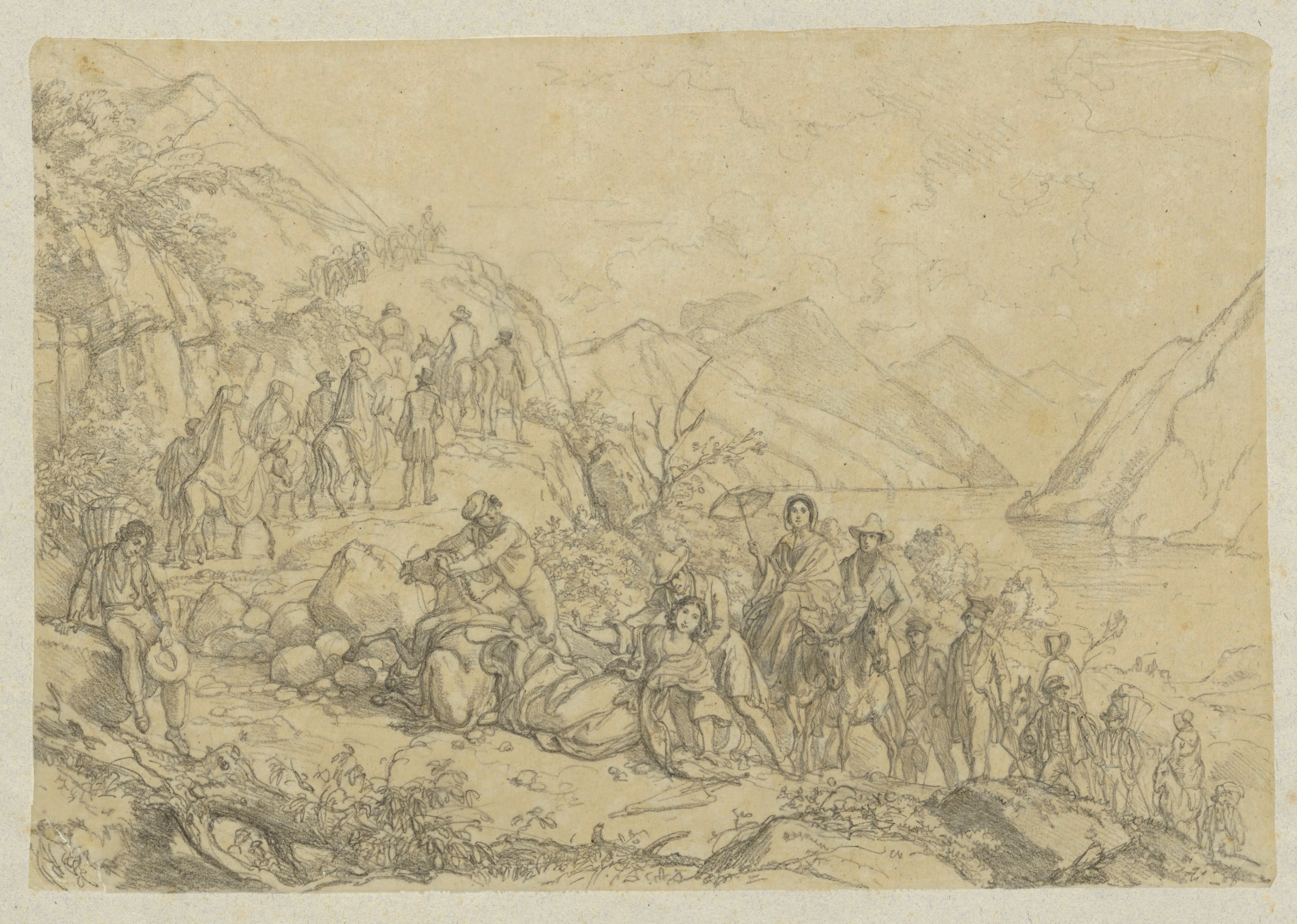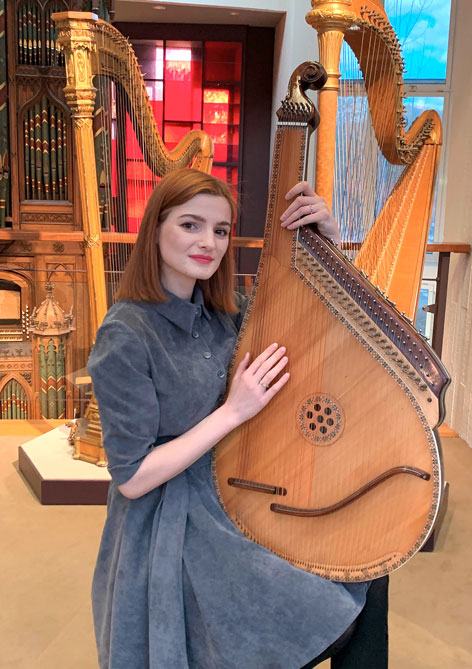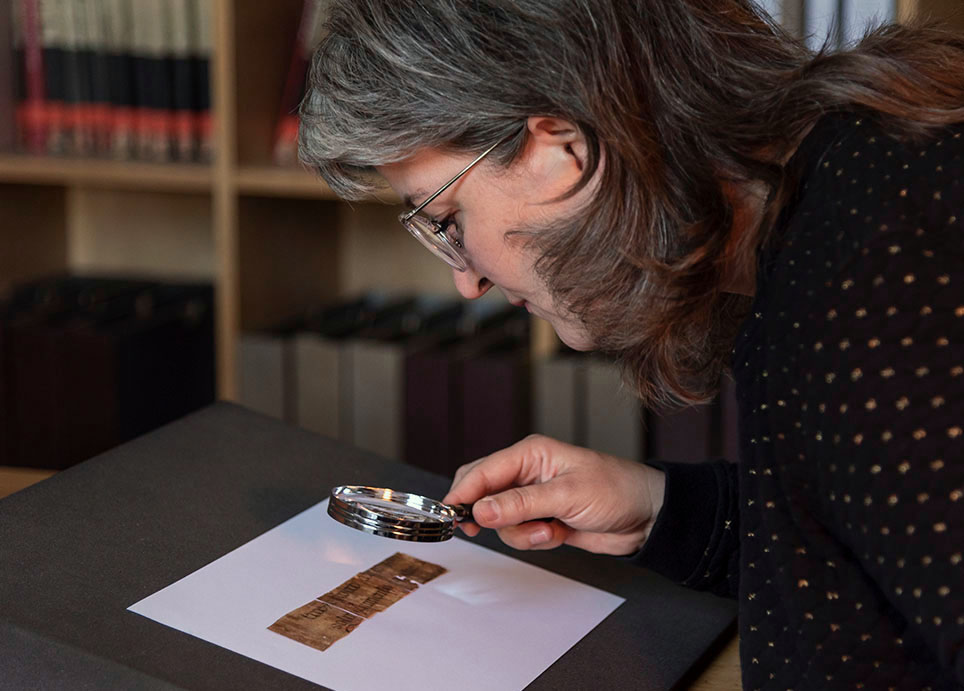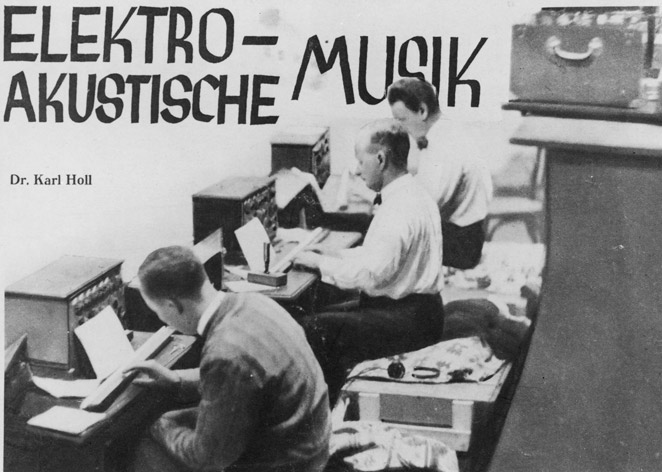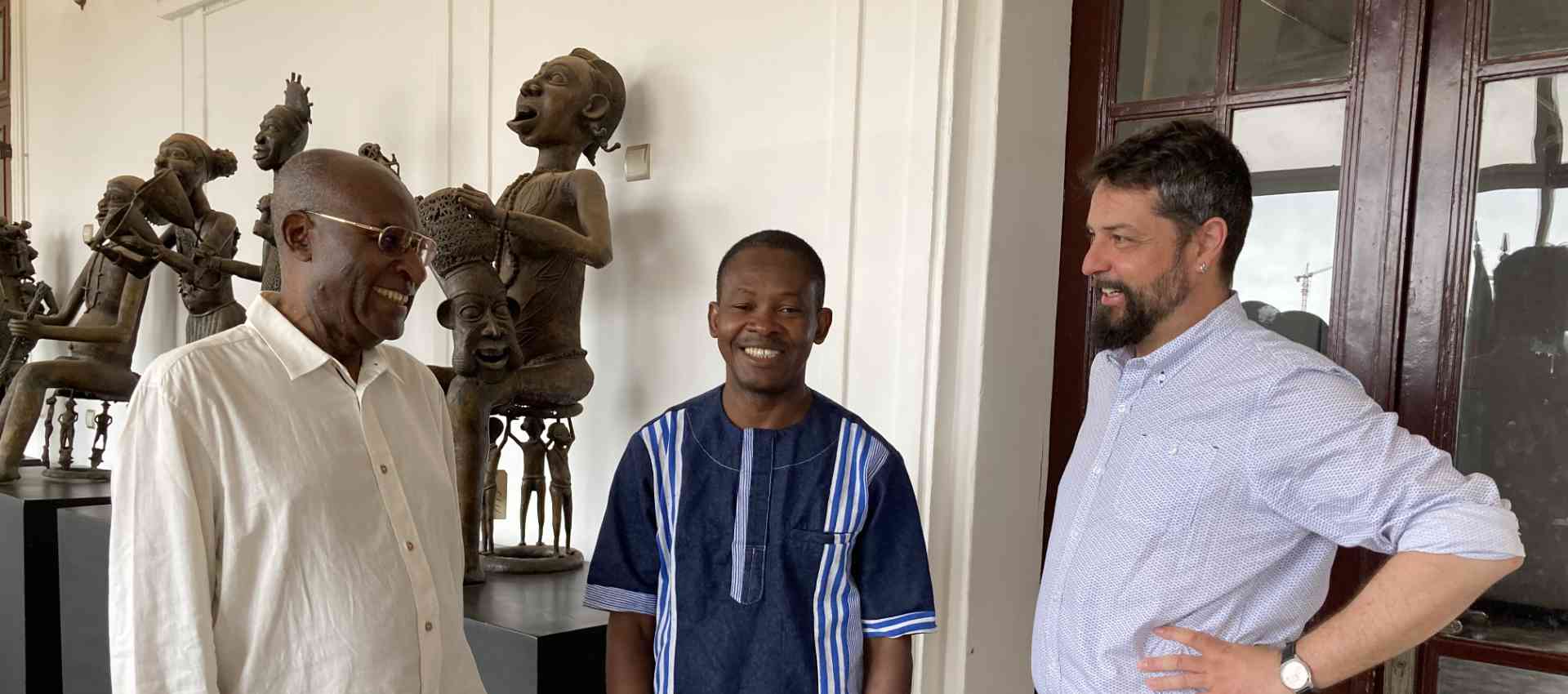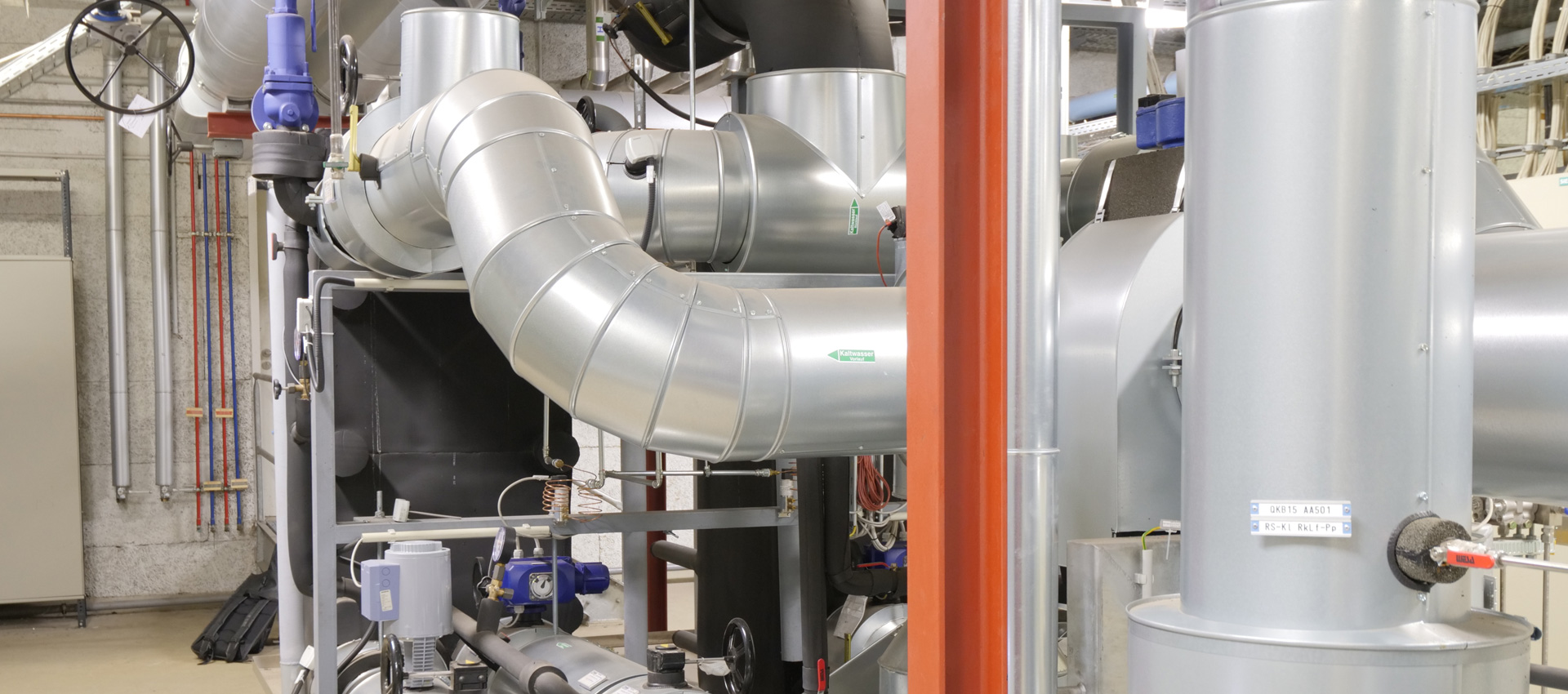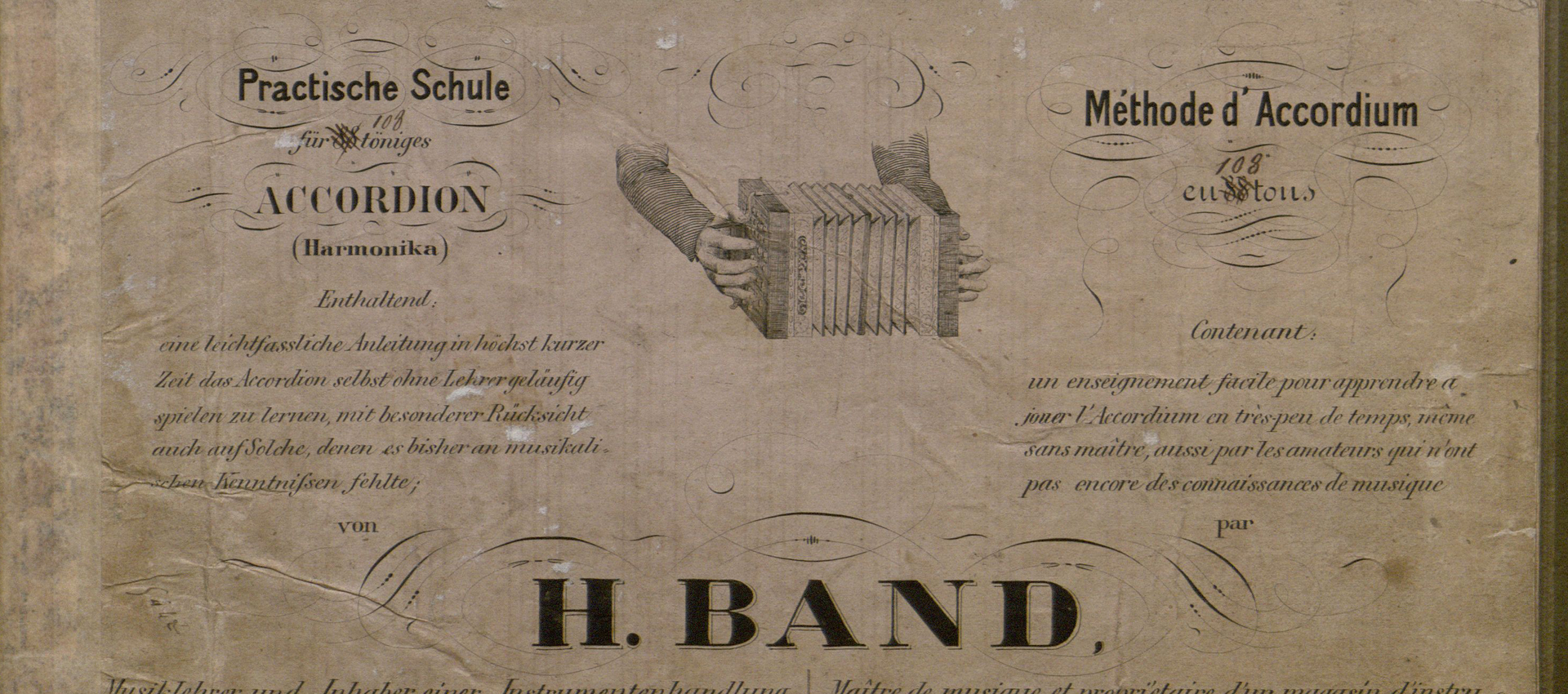Museum digitization put to the test: Prof. Monika Hagedorn-Saupe and Prof. Dr. Hermann Parzinger on needs and opportunities, from a perspective changed by experience of the pandemic
Prof. Monika Hagedorn-Saupe has headed the museum4punkt0 joint project for the Stiftung Preussischer Kulturbesitz (Prussian Cultural Heritage Foundation) since 2018. It is funded by the Federal Government Commissioner for Culture and the Media. For the President of the Foundation, Prof. Dr. Hermann Parzinger, the question of how digital technologies can usefully complement user or visitor experiences and knowledge transfer is crucial to the process of digitally transforming the cultural sector.
Measures to contain the corona virus have radically changed the cultural sector as a whole in the past few weeks. The provision of digital content by museums and other cultural institutions has been put to the test.
Ms. Hagedorn-Saupe, Mr. Parzinger: What has the necessary closure of museums and institutions shown us with regard to the relationship between digital and analogue content provision by museums?
Parzinger: It quickly became clear that good digital content provision is a key component, because it can greatly expand our access to cultural heritage – and during a pandemic, it is the only means of access. That in turn presents us with new challenges. Analog objects are the starting point for research, preservation, and education on the one hand, while digital technologies create new opportunities on the other. At the moment, it is important for us to see what is going well, what is standing the test, and where there is a need for expansion.
Of course, even before the Corona crisis, the SPK was working hard on continually expanding its provision of digital content, through various projects and processes that are running currently. This “digital transformation” is a long-term, strategic project: a process of profound change in every area of work, from administration to outreach. In addition, there is the expansion of specific areas of expertise, such as 3D digitization in the Zedikum project, or museum4punkt0, in which we place great hope for the development of digital applications.
The current stress test serves to show us potential areas for expansion more clearly. For example, we were quite surprised at the amount of short-term attention that a successful social media post can generate. Besides, we also have to think strategically in the long term, and it is crucial for us to develop formats that are focused more closely on specific target groups, while remaining user-friendly and scientifically sound. We aren’t badly positioned for this, and yet there is still some catching up to be done in comparison with our European and international counterparts.
Hagedorn-Saupe: For developing such targeted and user-friendly formats in a scientifically sound way, museum4punkt0 serves – especially in these times – as an urgently needed test bench, at which different players can work together. Applications are evaluated at the prototype stage and tested in practice as a means of assisting the participating institutions and affiliated specialists in rethinking the digital strategies of their organizations.
From the very beginning, it was decided to take a long-term, comprehensive view of the entire “visitor journey”, meaning the museum experience before, during, and after the visit. The sub-project run by the Staatliche Museen zu Berlin (National Museums in Berlin) has explored this subject thoroughly. In other sub-projects, the development of digital applications likewise goes beyond mere in-house content: for example, one network member, Senckenberg Natural History Museum in Görlitz, has a sub-project that involves “citizen scientists” in digital outreach as well as using a playful approach – like many other projects in museum4punkt0 – to put the public in touch with museum objects. If our project is extended for a second phase, the participants will need to ensure – in the light of our present experience – that they make the access to digital content even more independent of the user’s physical presence in a museum.
In the museum4punkt0 project, various cultural institutions are developing and testing digital outreach tools for museums over a four-year period with the aim of pooling the knowledge that they have gained.
What contributions can such a project make toward strengthening the German museum sector in the course of digital transformation?
Parzinger: Generous funding from the federal government makes it possible to run pilot projects for developing specific application scenarios for the various participants. It is important to take the peculiarities of each institution into account. A museum of contemporary art is confronted with different challenges and expectations than a museum of archeology is. The experience that we gain thereby can be transferred to other, similarly structured museums in Germany. That is precisely why it was so important to bring together institutions of very different sizes and museum types under the umbrella of the museum4punkt0 joint project. This special type of networking and exchange of experiences strengthens museums’ ability to cope with digital change. The museum4punkt0 project has already achieved a lot in this direction.
Hagedorn-Saupe: The aim of museum4punkt0 is to gather experience from different projects and make it accessible for the German museum sector in a usable form. To this end, the results from each project, be they reusable digital applications, broadly based evaluations, progress reports, or practical information on the structural prerequisites for introducing digital applications into museums, are prepared and published in as user-friendly a form as possible. The project website is continually being expanded as a platform for accessing project results and information about the project itself.
Crucial to the project’s success is the quality of collaboration among the experts from each participating organization, who stay in constant communication with each other. The project team based at the SPK coordinates the transfer of knowledge within the network and into the museum sector, monitors the sub-projects, and networks museum4punkt0 with additional institutions that are active in the field of digital outreach. If funding is approved for another phase of the project, then we need to expand the exchange of experiences in various event formats and put more effort into communicating what is being done in the project.
What opportunities does the museum4punkt0 collaborative project offer now, in particular?
Parzinger: For example, it is particularly important to be able to react to changed visitor behavior through innovative projects that go beyond offering spontaneously created online content.
Hagedorn-Saupe: This kind of project, tailored to changed visitor behavior, is designed in museum4punkt0. Furthermore, the project partners test the practicality of their innovative ideas and share their know-how. That allows deficits to be recognized and new needs to be identified. For example, the strict hygiene measures resulting from the pandemic are also placing new demands on digital outreach in the museum. So today we see that digital applications ought to be developed more in the direction of using people’s own terminals or mobile devices, following the principle of BYOD (bring your own device).
Do we now have a clearer idea of what museums need?
Parzinger: The various museums in Germany cannot successfully expand the provision of digital content on their own. It’s also a question of human and financial resources, because the ‘analog’ work that had to be done previously is not going away; it will continue alongside the digital change, which is a new, additional challenge. The work being done in museum4punt0 allows us to see more clearly what museums and their employees need. We try to make allowance for that in our planning.
Hagedorn-Saupe: Yes, definitely, because we can identify what still isn’t working, where the infrastructure needs to be improved, what employees need training in, and what would be feasible already if there were more tools and applications that were suitable and could also be used effectively by small institutions. We also see that a purely digital tour of the museum isn’t really satisfying, and that interactive stories or a look behind the scenes, for example, meet with greater acceptance. The thing is to think digitally and develop formats that are more than just filming what’s there in reality. And also to enable the many institutions whose motivation is even greater than before to implement digital media in the sense of a productive coexistence between digital and analog.
The channels of communication have changed abruptly in almost every area of work in recent months. Is the need for exchanging experiences particularly evident at times of crisis? As managers of complex projects or organizations, how do you generally chart a course that finds a happy medium between constructive exchange, helpful synergies, and taking diversity into account?
Parzinger: The intensive exchange of experiences is crucial, if a collaborative project such as museum4punkt0 is to meet with success – there is simply no other way. We experience it again and again within the SPK, as a complex, heterogeneous, cultural institution with museums, libraries, archives, and research institutes, each with its particular expectations and challenges in respect of digital change. In the current crisis, we are trying out new ways of communicating, such as video conferences. They can’t replace real-life meetings, of course, although they do allow some things to be organized more efficiently. These things will certainly continue in the future.
Hagedorn-Saupe: Here we, as a “digital” project, have an advantage: digital media are being used creatively in many different ways by the participants and now they are increasingly being used for the project work itself. We share these experiences too, and in our blog we report on the personal working days of our staff: for example, a post about the handover and acceptance of project results at a time when personal contact is restricted, or about new perspectives from the home office on user behavior. However, we also see that for digital remote working, the infrastructure (video platforms, secured workplaces etc.) needs to be developed further and coordinated better. In this area, too, there is a growing need for digital outreach and event formats that have been well thought out and adapted to their respective settings – and that requires resources. And we, too, miss the quick exchange of ideas in the office kitchen and look forward to what will hopefully be a better balanced relationship between distance and proximity in the future.
Package to rescue and secure the future of culture
The package to rescue and secure the future of culture that was approved by the federal government early in June 2020 makes provision for expanding the digitization program of the Minister of State for Culture and the Media. Within this framework, funds are also to be made available for museum4punkt0.

